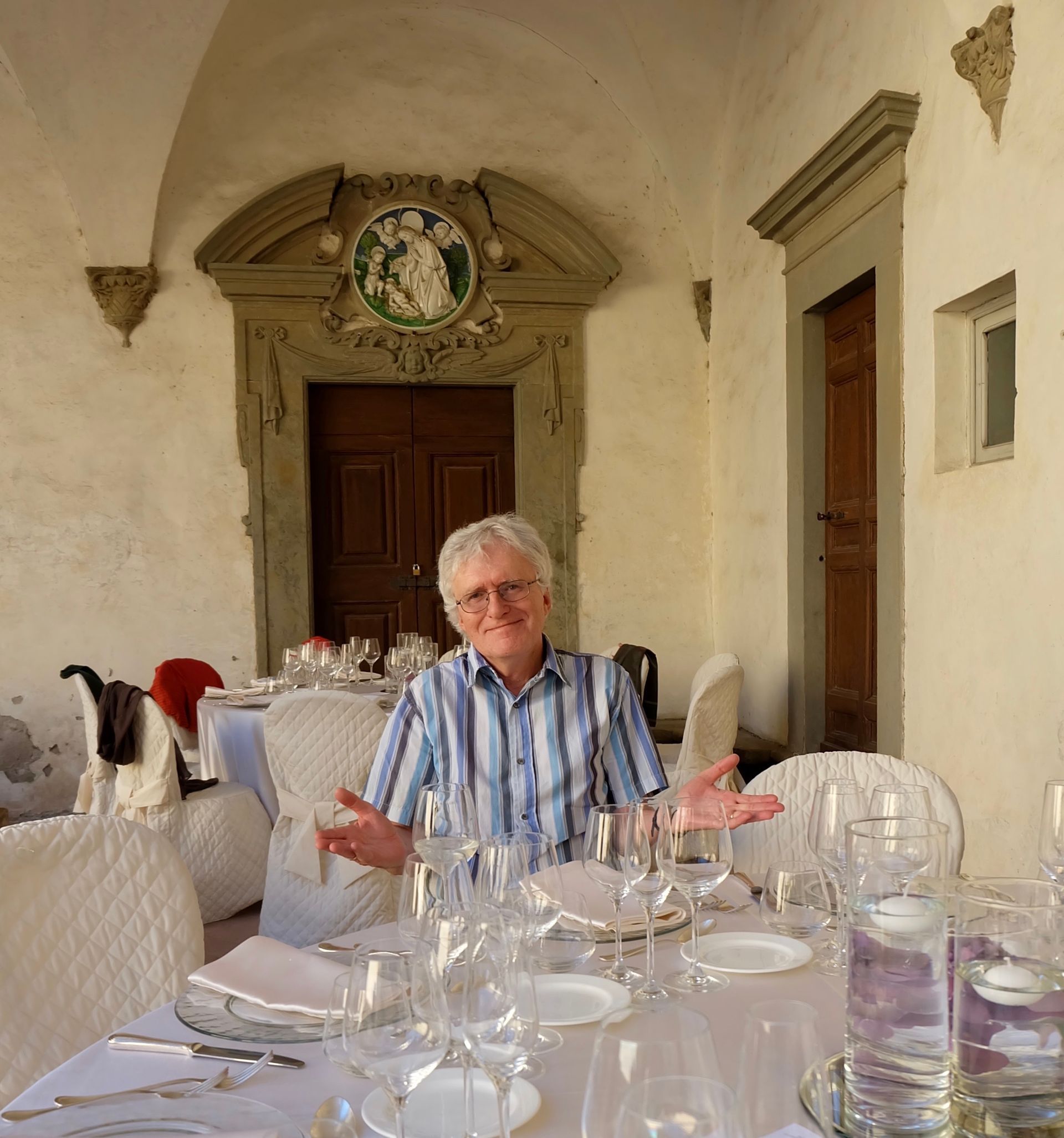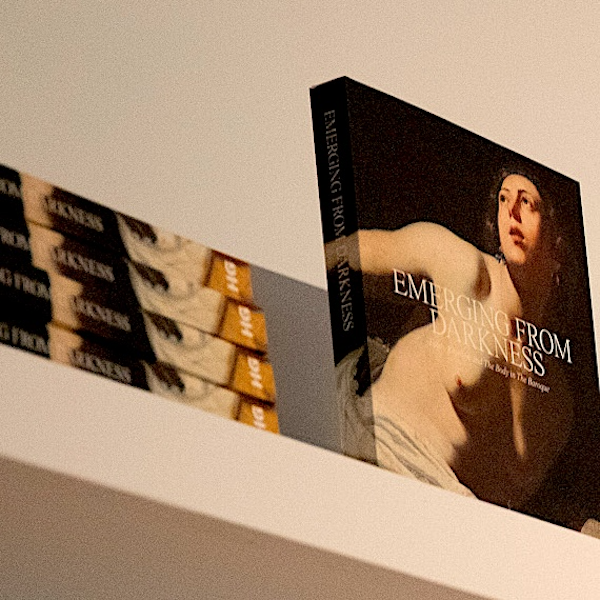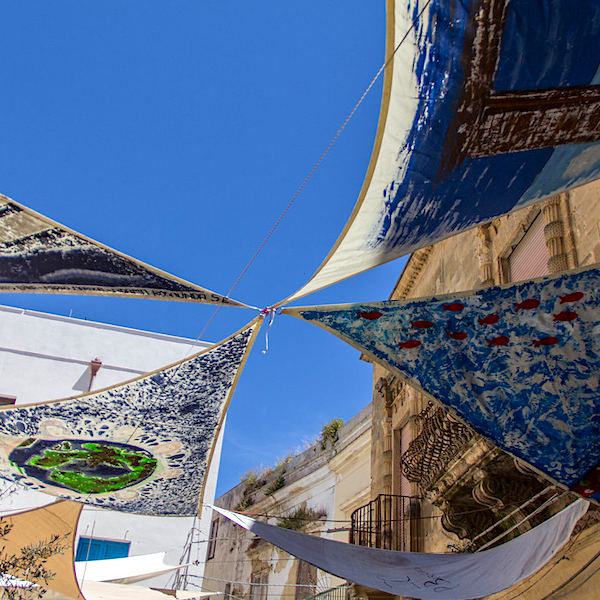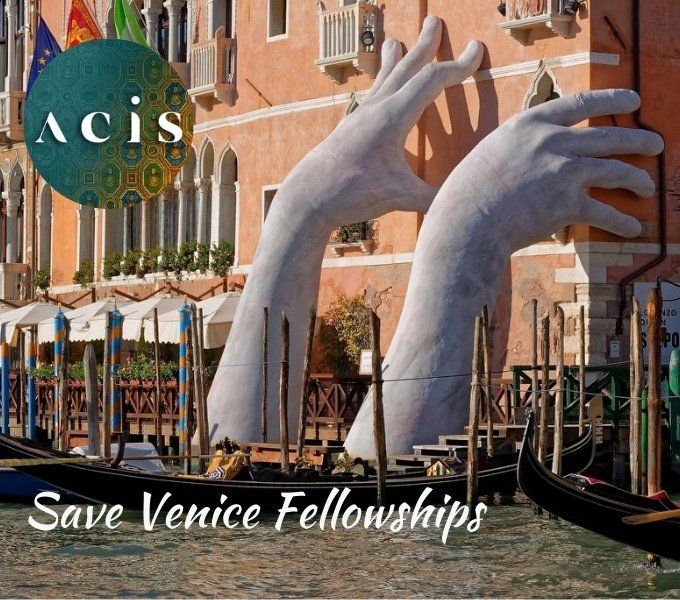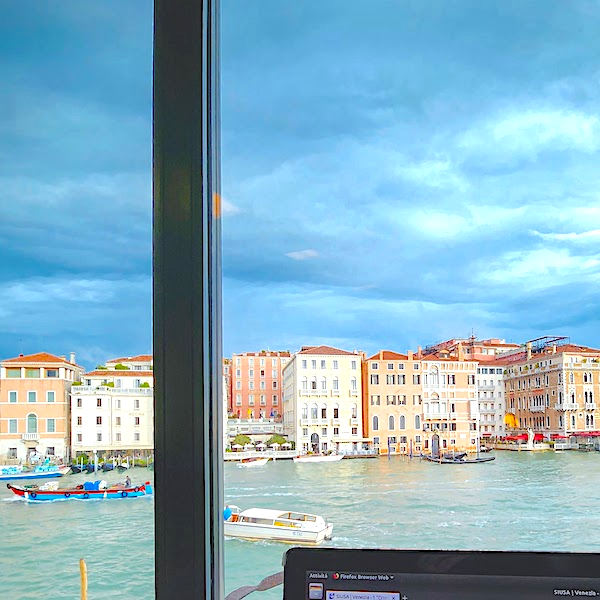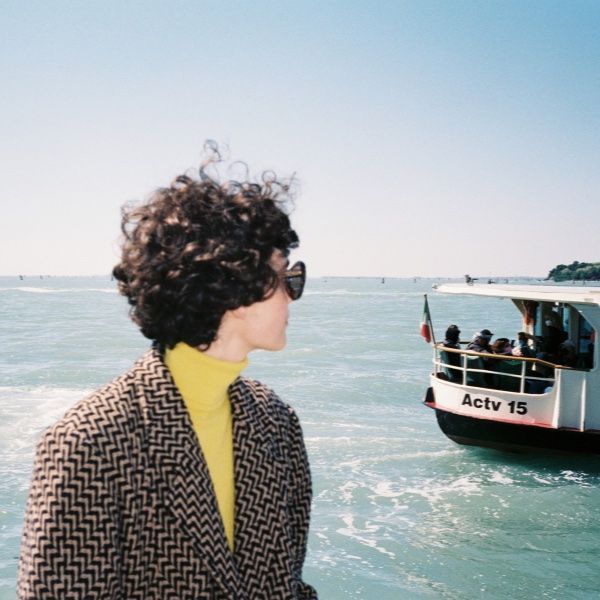When I was a child, I used to love looking through my mother's autograph book. It was a beautiful, soft, suede-covered book, bound together with suede string ties. It was full of the most wonderful autographs and sketches from people she had associated with whilst she was a student at Lady Margaret Hall in Oxford. One of the entries, in particular, I loved. It was a detailed drawing of a man in Renaissance cosutme, and the autograph below thanked my mother for her efforts at sewing 'sleeves within sleeves within sleeves'. Of course I didn't realise it as a child, but the entry was by Frawley Becker, then a student at the Ruskin College of Art in Oxford, and later a voice coach to the Stars in Hollywood. He had designed the costumes for a production of Machiavelli's play La Mandragola, in a new translation by the great John Hale who was also the producer, and who, in 1956, was in his first academic post as Fellow and Tutor in Modern History at Jesus College, Oxford. The reason for Becker's autograph was that my mother, whose seamstress skills were nicely trained by her own mother (a former dressmaker in Vienna), was called upon to help sew the intricate costumes.
Hard-Boiled Ladies Beware. Reflections on a performance of La Mandragola
Machiavelli in Oxford: performing La Mandragola (1956) By Permission of the Warden and Fellows of Merton College, Oxford.
Just a few years later, in Melbourne, at the annual camp of the undergraduate History students, La Mandragola was also the reading for the weekend. Amongst that group gathered together in 1962, was the late Bill Kent, Jaynie Anderson, and Dale Kent – all names very familiar to those working in Italian Studies in Australasia.
It seemed particularly appropriate for me personally, then, that the finale to
an event I organised a fortnight ago at the University of Melbourne, should be a public reading of
La Mandragola , this time in
a translation by Guido Ruggiero and Laura Giannetti. Alas, we had no Frawley Becker to design our costumes, in fact we had no costumes at all, nor had we even rehearsed.
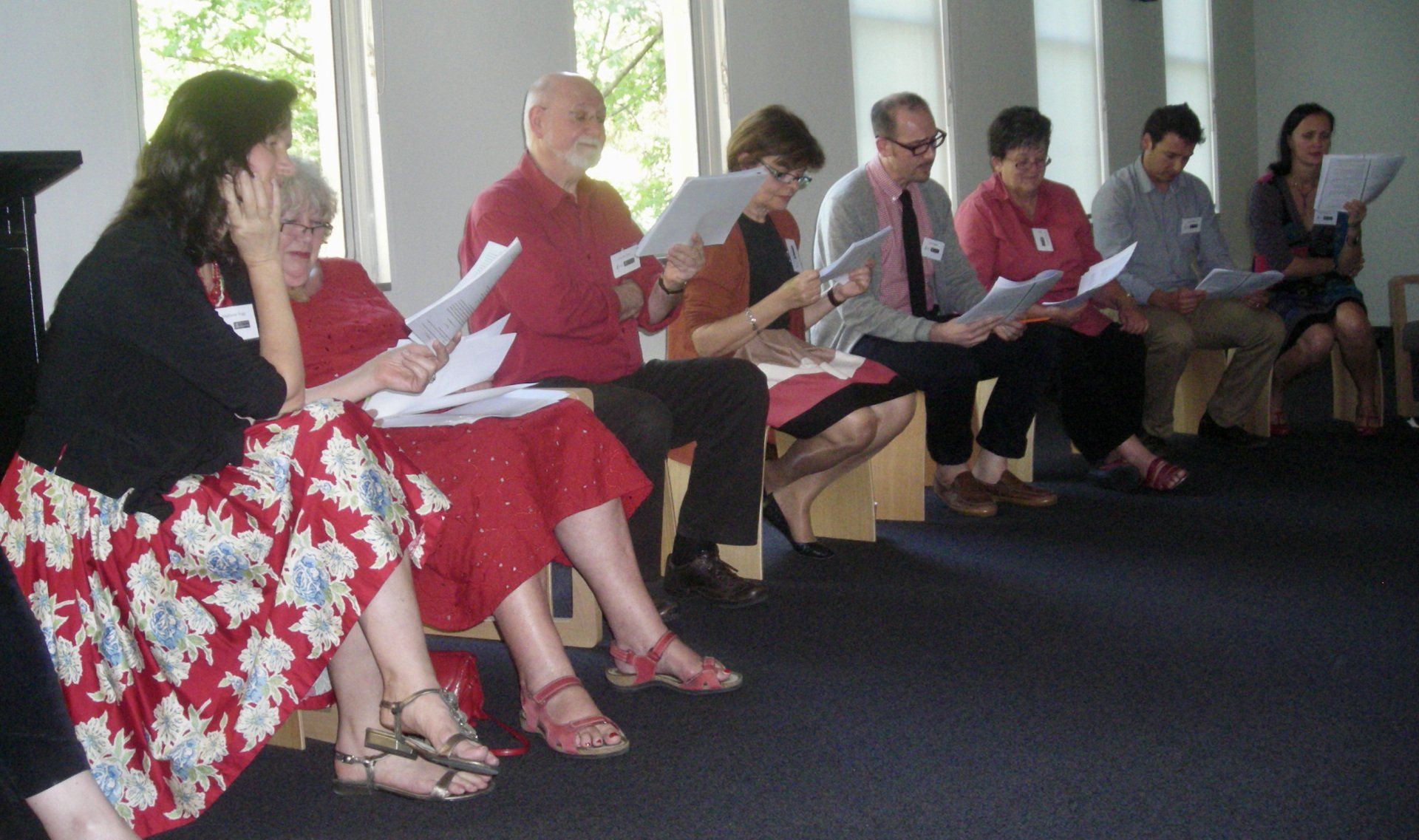
Machiavelli in Melbourne: reading La Mandragola (2012). From l.to r. : Stephanie Trigg, Dale Kent, Charles Zika, Ersie Burke, John Gagné, Nerida Newbigin, Andrea Rizzi, Una McIlvenna.
But there was something enormously satisfying, intensely enjoyable, about sitting around in a group and reading a play with a plot at once so ludicrous and yet deeply revealing about the sexual mores and gender expectations of its day. There were also amusing performances: John Gagné as Callimaco; Andrea Rizzi as Messer Nicia; Charles Zika as Fra Timoteo; Stephanie Trigg as the parasite; Dale Kent as Siro; Nerida Newbigin as Sostrata, and so on. This play reading was the culmination of two wonderful days, co-sponsored by the ARC Centre of Excellence for the History of Emotions, and by my own School of Historical and Philosophical Studies here at the University of Melbourne.
Under the overall theme of 'Pleasure, Desire and Greed in the Renaissance', the event began with a public lecture by that great expert in Renaissance sex and desire, Guido Ruggiero himself. Guido is Professor of History at the University of Miami, and author of texts that for me in my own postgraduate days and beyond, were game changers, works that uncovered the most basic passions of Renaissance Italians: their lusts, their violence, their loves, their love potions, their ideas of normal and abnormal sexuality: Violence in Early Renaissance Venice (1980); The Boundaries of Eros: Sex Crimes and Sexuality in Renaissance Venice (1985); Binding Passions: Tales of Magic, Marriage and Power from the End of the Renaissance (1993); Machiavelli in Love: Sex, Self and Society in Renaissance Italy (2007), are just some of his many highly engaging and enthralling books. In typical style, Guido chose as his subject for the night a cliché of the Renaissance; the man renowned, whether justly or unjustly, for his shrewd scheming, his obsession with the political, the ultimate virile man of the Renaissance – Niccolò Machiavelli – and presented him to us instead as a wimp. His lecture, ‘Machiavelli the Wimp: Mocking One’s Emotions and Self-Presentation in the Renaissance’, can be heard here.
Passion, lust and greed continued as themes into the next day where we had a seminar by Laura Giannetti, also of the University of Miami, in the Department of Modern Languages and Literatures. Laura researches culture, gender and sexuality in early modern drama and theatre and has a particular interest in food culture and the literary imagination. Her book Lelia’s Kiss: Imagining Gender, Sex and Marriage in Italian Renaissance Comedy was published in 2009, and some of the evocative titles of her articles give you some idea of her approaches: ‘Of Eels and Pears: A Sixteenth-Century Debate on Taste, Temperance, and the Pleasures of the Senses’; ‘ Ma che potrà succedermi se io donna amo una donna?: Female-female desire in Italian Renaissance Comedy’; ‘Renaissance Food-Fashioning or the Triumph of Greens’, and so on. Laura spoke about ‘Food, Gluttony and the Senses in the Renaissance Imagination’ and revealed to us the rise and rise of the sausage in culinary reality and literary imagination of the period.
We then had a series of workshops with texts and images pre-circulated to participants: Guido Ruggiero on ‘Imagining Sex Pleasure and Blasphemy in Boccacio’s Decameron '; John Gagné (University of Sydney) on ‘Three French Kings and the Imagery of Desire’; Una McIlvenna (University of Sydney) on ‘Capons, Cuckolds and Concupiscence: Scandalous Desire at the Early Modern French Court’; and myself on ‘Depicting Lust in the Sacred Spaces of Italy’. Finally Nerida Newbigin, Professor Emerita at the University of Sydney, spoke on ‘The Pleasure of Plays in Renaissance Florence’ as a prelude to our play reading. It was appropriate that Nerida should speak for us as she herself has produced a translation of La Mandragola.
The two days provided further evidence of the rich worlds uncovered once you start to tap into the emotional discourses of the past. There were remarkable intersections between the research of all participants, in particular relating to the associations between the consumption of birds and heightened sexual appetites. Of all emotions none is more elemental than sexual desire, unless, perhaps, it is the desire for food. Not surprisingly the link between gluttony and lust by Renaissance preachers was a common one – the former commonly being seen as a prelude to the latter. Both are to do with unregulated passion; unregulated desires. But this link was also a common thread in dietary manuals and medical prescriptions of the day. Birds were seen as hot and dry, as inflamers of sexual appetites, and only to be consumed in the normal run of things by men and elite men at that. If there was a message from the day it could perhaps be summed up as ‘beware the chicken – caponised or otherwise’.
